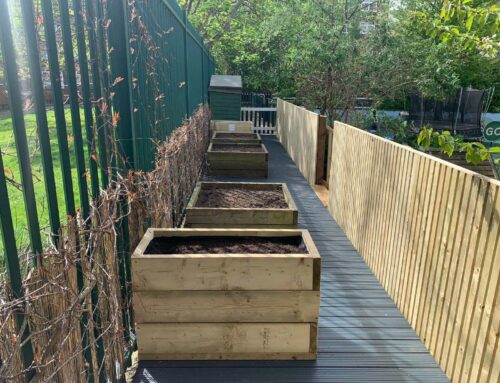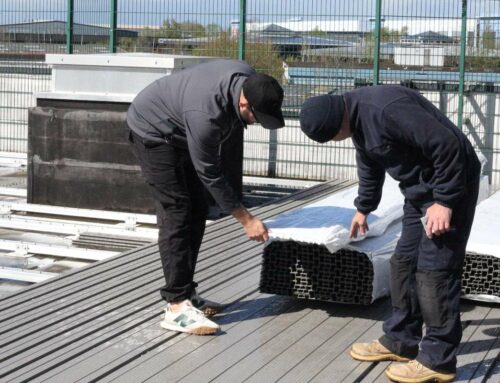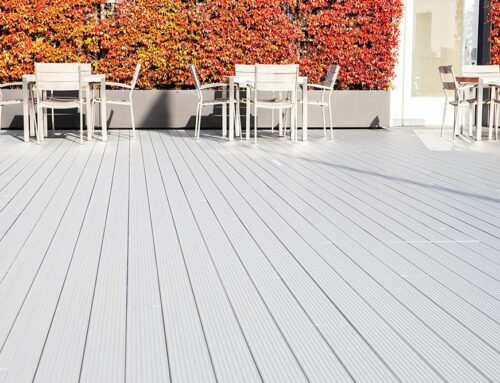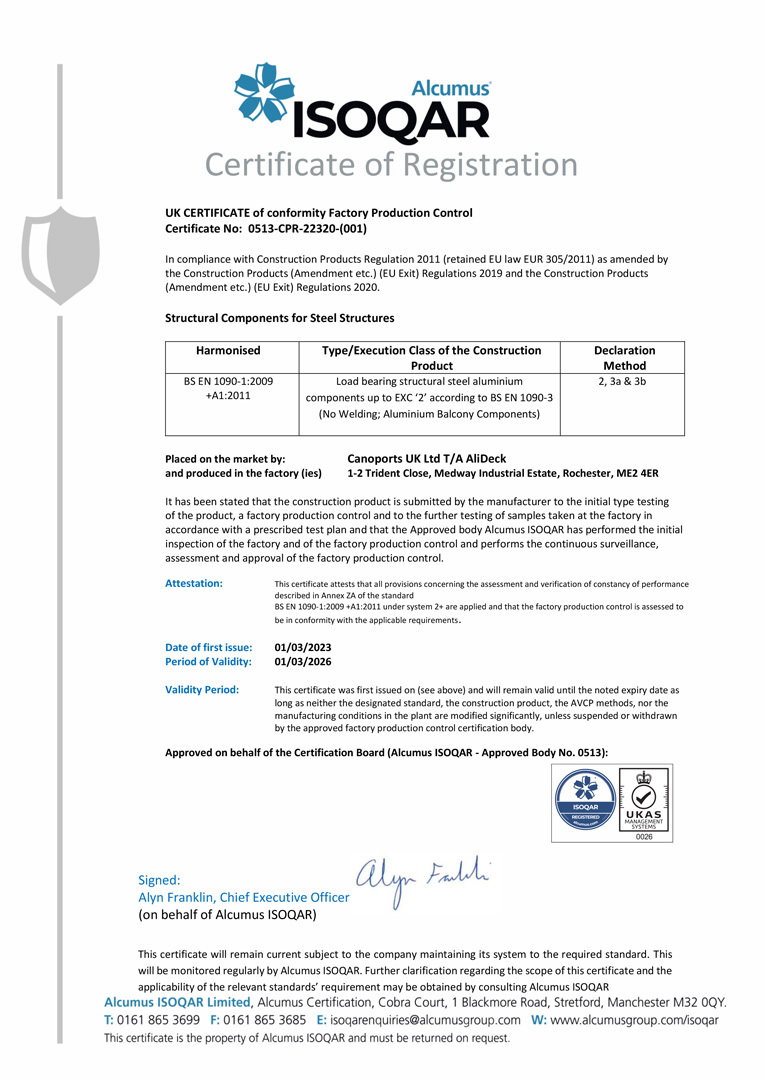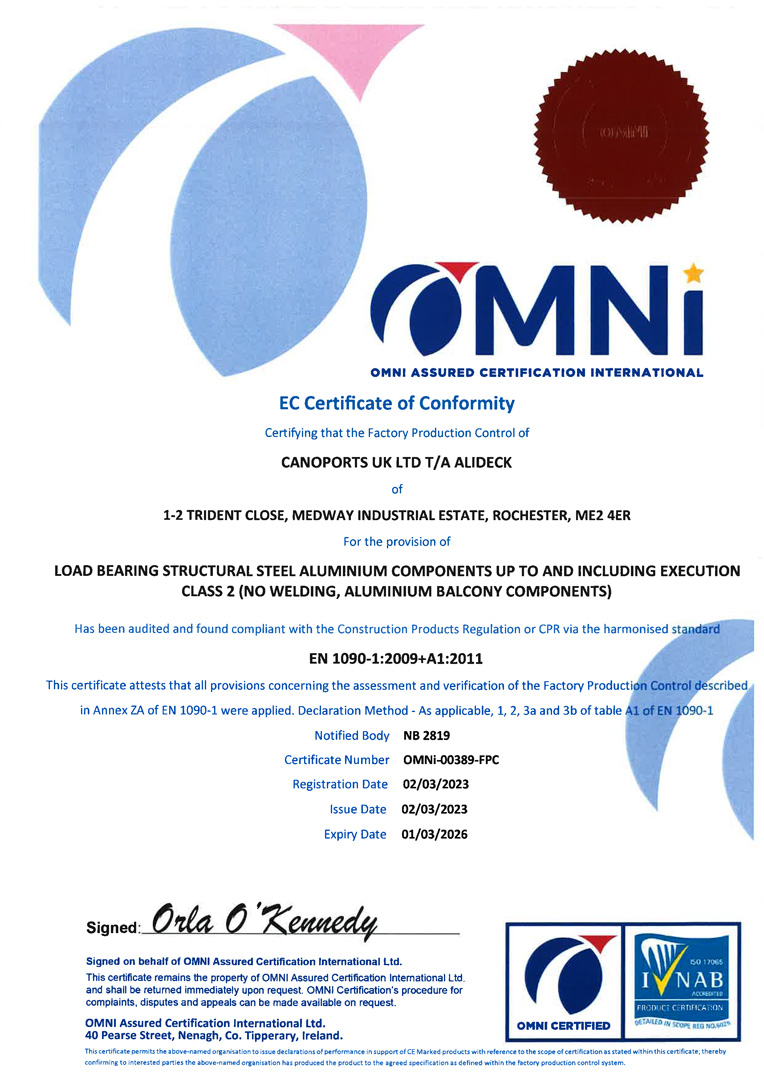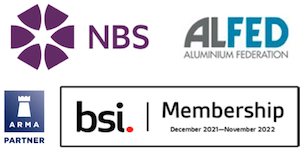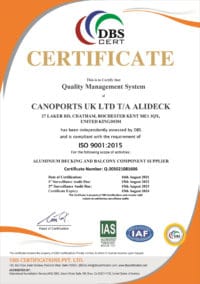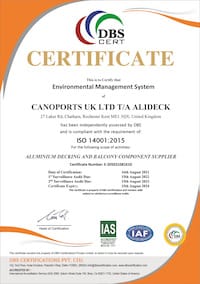Stacked Balconies & BS8579:2020, a new approach for increased fire safety in buildings of any height
The new British Standard for balcony and terrace design, BS8579:2020, has made a huge impact on our industry since its launch late last year. AliDeck has embraced this new Standard as it provides a clear baseline for manufacturing, design, and construction excellence in balconies specifically for the first time. The guidance within it is clear, concise, and very much the answer to achieving safe balcony design.
Fire safety is the key issue of our times. Following the Grenfell tragedy, there has been vast change in construction practice and materials specification and these necessary changes have done much to move us to a fire safe future.
BS8579:2020 reiterates the requirement of all materials used in balconies on buildings above 11 metres to be non-combustible but also further states that these requirements apply to buildings of any height that have stacked balconies.
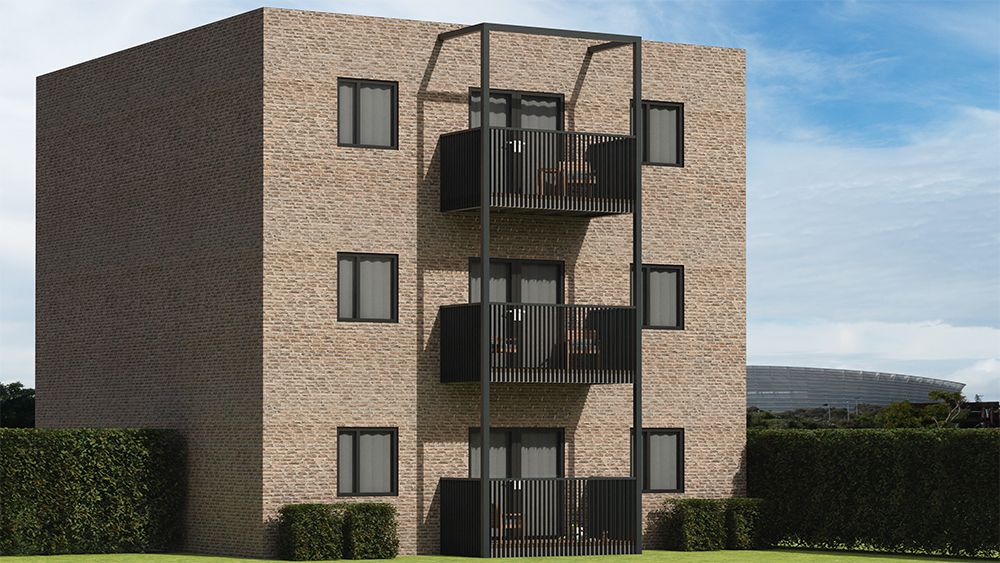
Specifiers should take urgent note of this requirement regarding stacked balconies, as the language in the Standard clearly instructs that even a two-storey building that has stacked balconies must be designed with non-combustible materials, from section 12.2, Materials and components for balconies in respect to fire (bold emphasis ours);
Components of balconies (including the supporting structure in a free-standing balcony) on all buildings with an occupied floor over 11 m above the lowest ground level and all buildings with stacked balconies, regardless of level of highest occupied floor, should be constructed from materials achieving class A1 or A2-s1, d0, in accordance with BS EN 13501-1:2018
The Standard reiterates throughout its content that fire safety is essential and that balconies should be designed so as to prevent the spread of fire across and into the building, so requiring stacked balconies to be fully non-combustible is clearly a key factor in achieving this goal. The risk of using flammable timber or composite decking in stacked balconies is demonstrated in the following video;
All specifiers should purchase BS8579:2020 as soon as possible as its rich detail on these issues and many more provides the blueprint for safe and functional balcony design. This new requirement for stacked balconies at any height is a relatively radical departure from prior regulations but, when viewed in the context of evolving fire-safety, is a logical and sensible instruction.
The NHBC Risk Guide: Balconies (revised May 2020) document also includes stacked balconies as an element that warrants consideration by Building Control, and the MHCLG Consolidated Advice Note (January 2020) similarly required fire safety to be considered on multi-occupancy buildings of any height. The direction of travel away from limiting fire-safety to buildings above certain heights, then, is clear and BS8579:2020 merely formalises these sensible precautions.
The entire range of AliDeck aluminium balcony component systems is A-Rated and non-combustible so is a guaranteed route to compliance with BS8579:2020. It’s very helpful to finally have clear and concise instructions for best practice balcony design and this new balcony-specific British Standard clarifies the relevant issues and concerns for all stakeholders.
To find out more about how our range of aluminium decking can help you achieve BS8579:2020 compliant stacked balconies, call the AliDeck team on 01622 534 044 or email info@alideck.co.uk.

